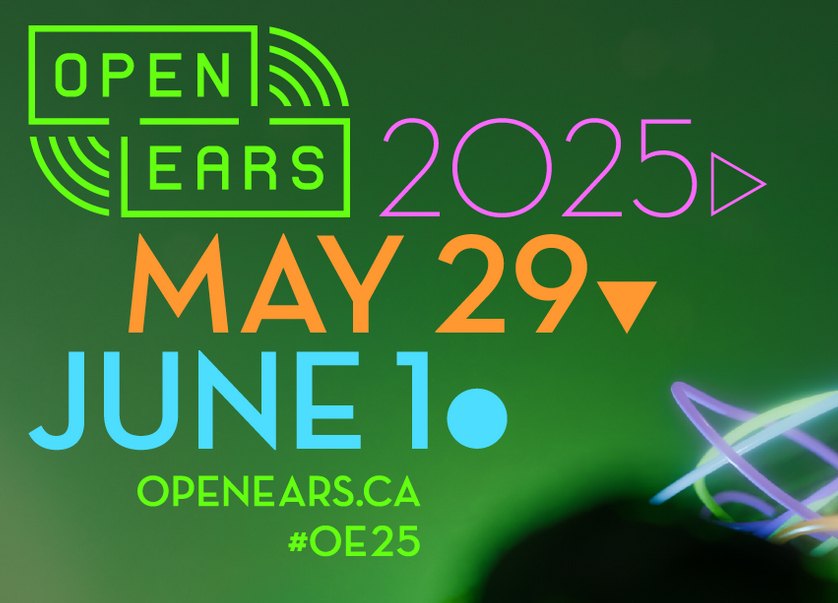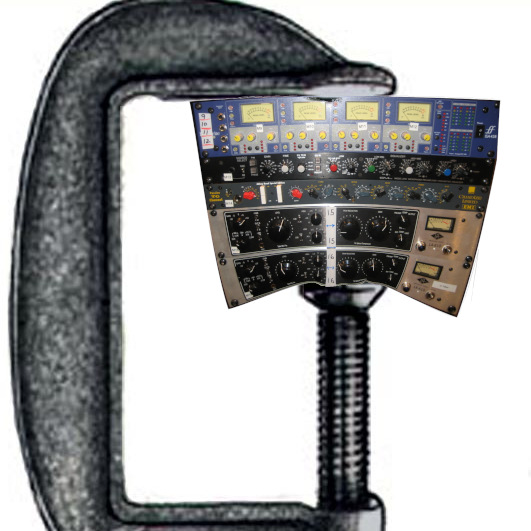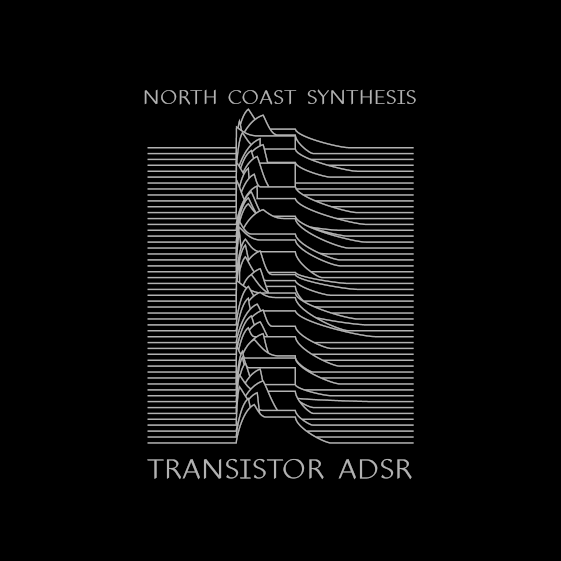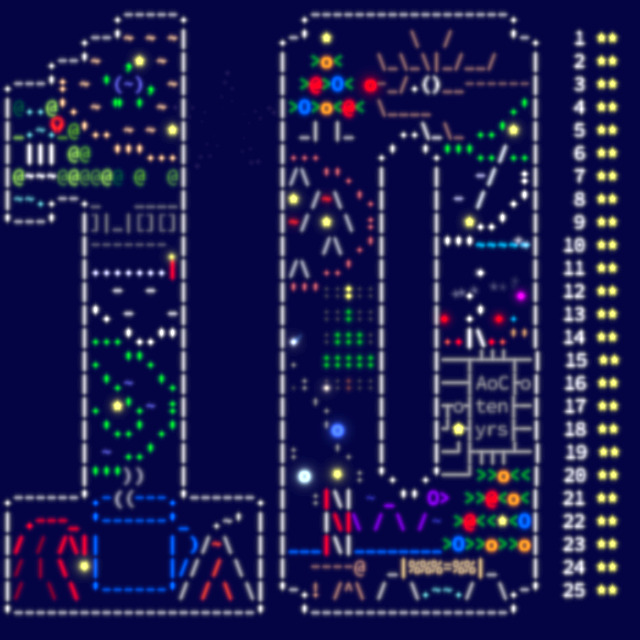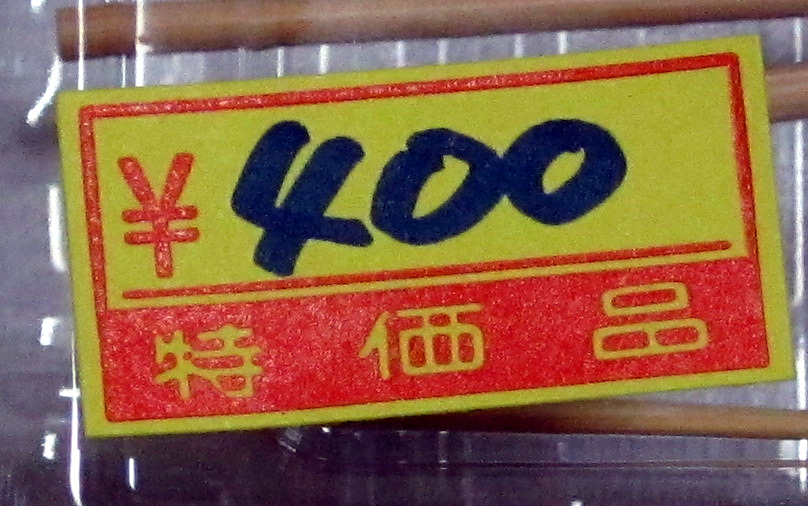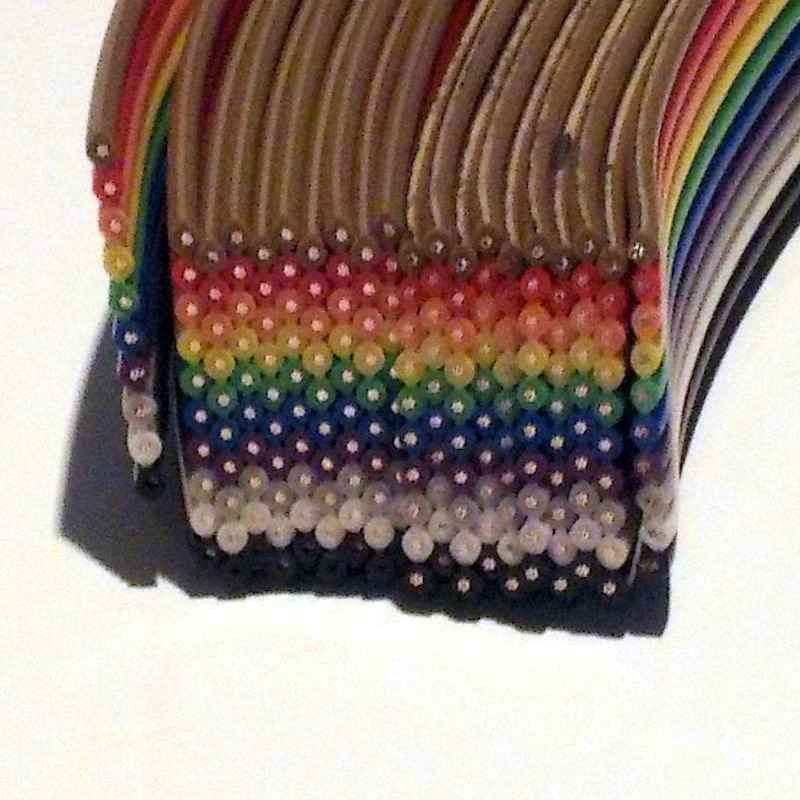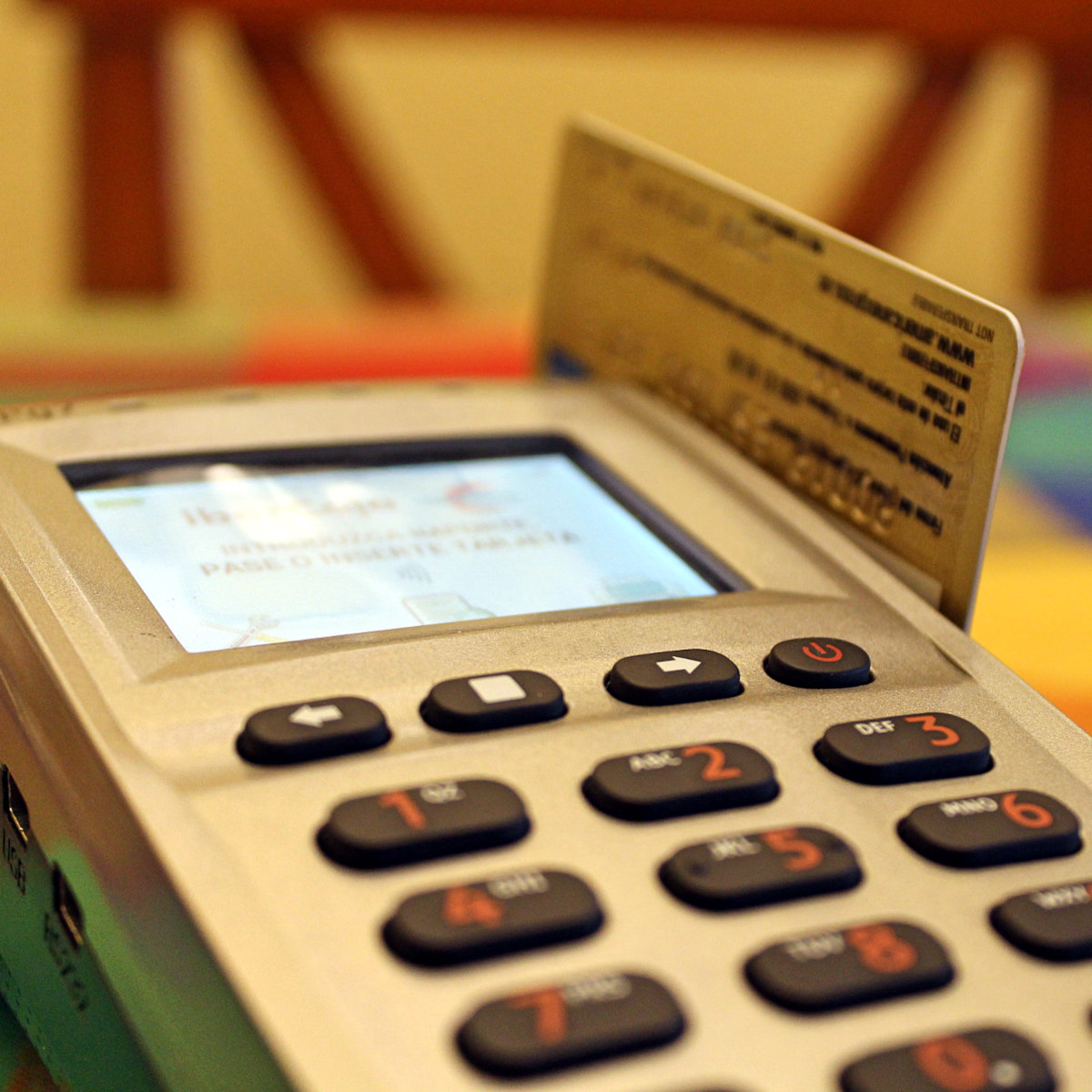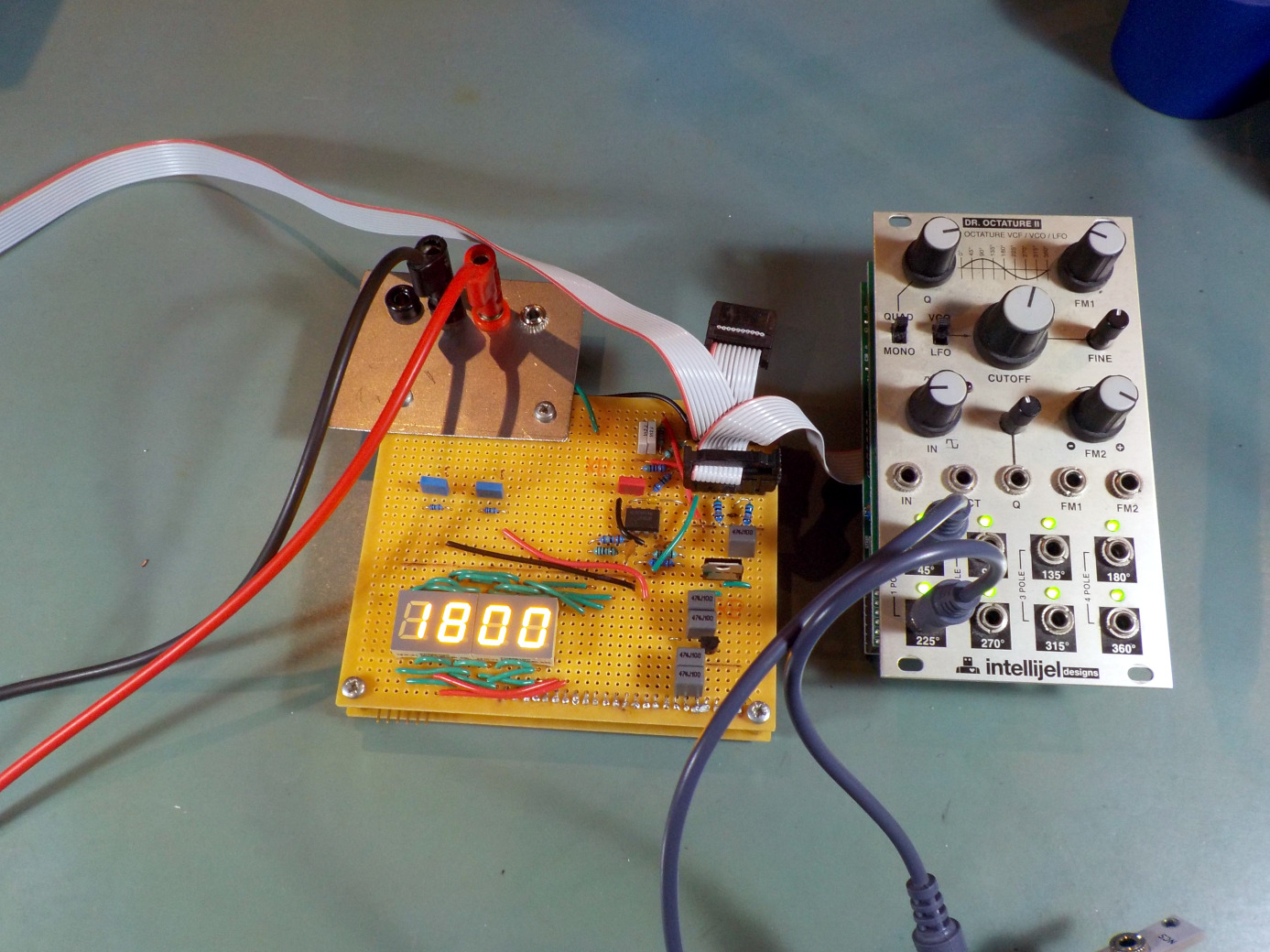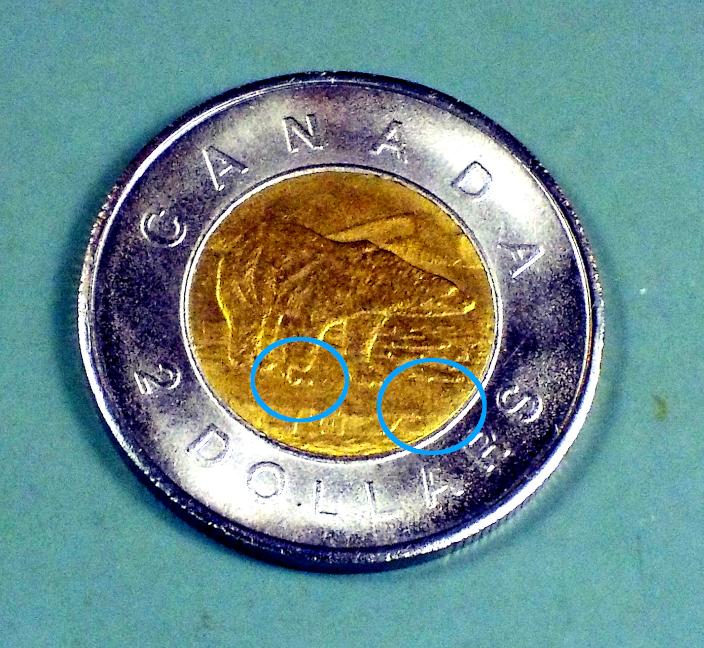US tariff update
There's a lot of concern right now about the US "tariff" on shipments from Canada. To briefly summarize: for orders from this Web storefront shipped to customers in the USA, assembled modules should be duty-free, but SDIY kits will probably be subject to a high rate of duty, to be paid by the recipient of the package; and we will ship by courier, not post, at no additional charge. READ MORE
North Coast Synthesis at Open Ears 2025
For those in the Kitchener-Waterloo, Ontario area: the Open Ears Festival 2025 is this coming weekend, and I'll be at the free Synth Petting Zoo with a rack featuring North Coast Synthesis modules. Stop by if you'd like to try them out. READ MORE
Eurorack is not a synthesizer format
Despite my having been involved in Eurorack for a number of years, there are still some important points that mystify me about the system and the community. Often I look at forum threads in which Eurorack users are looking for specific modules or features and I wonder, why would anyone want that? I recently figured out something I think sheds light on the situation: Eurorack is not actually a synthesizer format! READ MORE
Opening the envelope
Quick: which module is most important in defining the sound of your modular synthesizer? READ MORE
AoC 2024 in ECLiPSe-CLP
This year a friend challenged me to do the Advent of Code challenge (AoC) in Prolog. This is a sort of test of software engineering skills: the organizers of the project post a series of puzzles, two per day from December 1 to December 25. It's not the kind of thing I usually do and not the kind of thing I usually post here; but I thought it would be fun to try once, and having put in the work, I'd like to get as much value from it as possible - so I'm posting my solutions and some notes about them here. If you're coming to this page from a software engineering source, I hope you'll stick around and take a look at my products before leaving the site. READ MORE
Remote-debugging the Gracious Host
The MSK 014 Gracious Host is meant to work with all standards-compliant USB MIDI devices, but that's often easier said than done. I had some adventures recently when I helped a customer get the Gracious Host running with a Teenage Engineering OP-1 (original, not "Field"), and it makes for a good story. READ MORE
Carmilla
I posted my latest composition project on the audio server a few days ago. It's called the Carmilla suite, and it's a neo-Baroque piece for piano four hands. READ MORE
Currency options in the Web storefront
This online shop offers multi-currency payment. In most cases the Web site will automatically guess the most convenient payment currency for you by default based on your IP address; but you can also select others. At the moment we select Canadian dollars, Euros, British pounds, Japanese yen, US dollars, Bitcoin, and Ethereum. Here are some notes on currencies and how to use them. READ MORE
Build your own commercial module part 5: pricing your module
So, you've completed your commercial module design. You've spent time and money developing it, maybe you've hired me or another consultant to go over it and make suggestions, and you've lined up sources for parts and manufacturing partners. You're making plans to sell it to your customers. Now, if not sooner, you face an important decision: what's the price going to be? READ MORE
The varieties of ribbon cable experience
Eurorack ribbon cables are a perennial source of confusion for newbies to the format, and destroying a module by power misconnection has become almost a rite of passage. Many modules, including the ones I sell, include reverse voltage protection to prevent the worst of such mistakes. But rather than write yet another tutorial that expands the simple admonition of "red stripe down" into thousands of words, I'd like to look at some details of the cable assemblies themselves. Have you ever really looked closely at one? READ MORE
Card payment update
I've made some changes to the way the Web storefront handles credit card payments to make checking out a little easier. Now, after filling out the order form, you'll be taken directly to the credit card processor's site and you can pay immediately, instead of needing to wait for an email message with a payment link. READ MORE
Building a PIC24F phase meter
Adjusting an MSK 007 Leapfrog VCF to its best possible operation involves a tricky process of feeding in a 740Hz sine wave and measuring phase differences between different test points. I also had reason to measure phase differences in my recent experiments on recognizing fake coins. Although my oscilloscope has a mode for measuring phase differences that works well enough, it can be annoying to use, and I thought it'd be a fun project to build a better tool. READ MORE
Tickling twonies with triangle waves
There's been a plague of bad twonies in Toronto recently. These are counterfeit Canadian $2 coins. They've been called "camel toe twonies" because one of the most visible features of the bad ones is that the right front paw of the polar bear on the reverse is misshapen, vaguely resembling the toe of a literal camel and not any other meaning of that term. READ MORE
Outrunning the Noise Bear
Somewhere in the far North, in fact on the North Coast, the Tenderfoot module was new in town, and a grizzled old A-110-1 was showing him around. As they passed the Rack Brute Saloon, the old timer warned the newcomer about the Noise Bear. READ MORE
Smith chart by projection
I want to use a Smith chart in an upcoming article here, but it occurs to me that most readers probably aren't familiar with them. Smith charts don't come up very often in audio, being mostly an RF thing. So as with complex numbers, I'm posting this separate article to introduce Smith charts, and then I can refer back to it when I use them later. READ MORE

